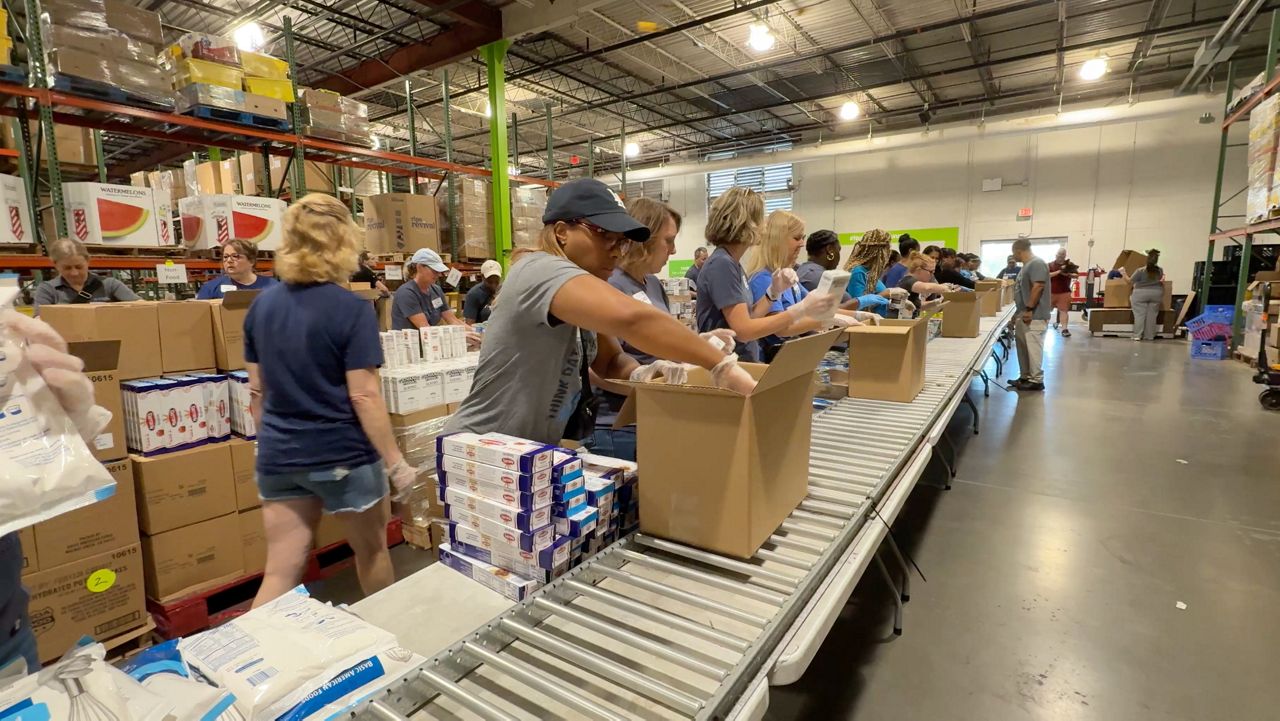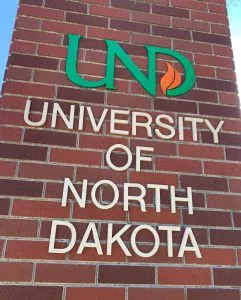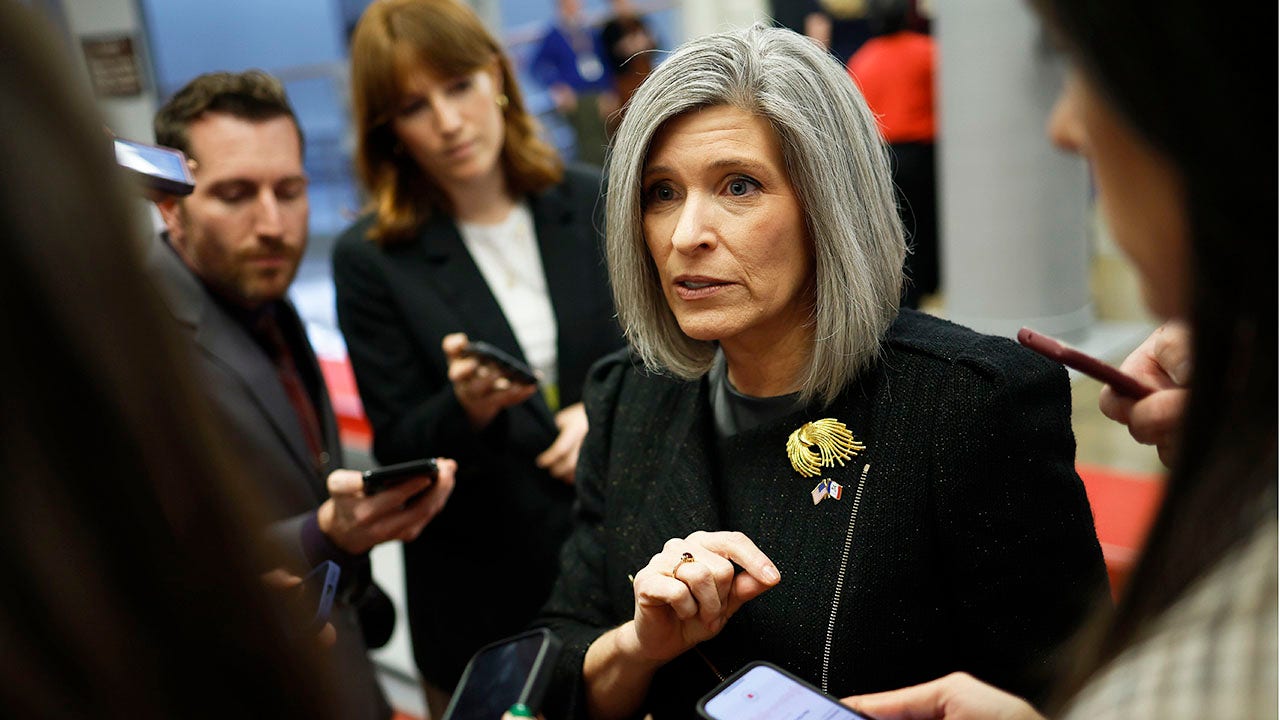Seattle, WA
Seattle Southside Chamber of Commerce welcomes 2025 with renewed focus on community and business – The B-Town (Burien) Blog

EDITOR’S NOTE: South King Media Founder/Publisher Scott Schaefer serves on the Board of Directors for the Seattle Southside Chamber of Commerce.
The Seattle Southside Chamber of Commerce is starting 2025 with a renewed commitment to serving local businesses and the community, according to incoming Board Chair Navdeep Singh, General Manager of Westfield Southcenter.
In a statement, Singh reflected on his experience with the chamber since joining in 2022, noting that the organization goes beyond supporting businesses by actively engaging in community initiatives.
“The chamber exemplifies its founding principle, ‘Together we are Stronger,’” Singh said.
The chamber has played a significant role in the Southside area by hosting technical assistance workshops for small businesses, organizing career development programs such as the Seattle Southside Success Foundation Workforce Discovery Labs, and advocating for community and business interests in legislative discussions.
Looking ahead, Singh emphasized his priority of continuing to strengthen the chamber’s foundation in 2025. He encouraged members and community partners to participate in upcoming programs, connect with the chamber’s resources, and collaborate on initiatives aimed at building a stronger Southside community.
“We look forward to serving this great community in 2025,” Singh added, inviting residents and business owners to engage with the chamber and seek assistance if needed.
Here’s full text of Singh’s statement:
For more info, please visit:
Related

Seattle, WA
Net Result: Grubauer, Murray Similar in Net | Seattle Kraken

The Kraken played the first of back-to-back road games Tuesday night, this time in Calgary. It marked the first opportunity for goalies Philipp Grubauer and Matt Murray to make a case for being in uniform on the Oct. 9 opening night of the 2025-26 regular season. The night ended in a 4-1 victory for Calgary, following an empty net goal to seal it late third period, and no conclusive advantage to either Seattle goaltender.
Both veterans played half the game with Grubauer facing three Flames power plays in the first 30 minutes and making 17 saves on 19 shots on goal. Murray stopped all seven shots he faced in the back half of Period 2 but allowed an early third period score by young forward Matt Coronato, who tallied 24 goals last season.
Kraken defenseman Cale Fleury got tripped up with Murray sliding over toward Coronato after a cross-ice pass from CGY center Morgan Frost. Murray fell forward, not leaving much position to stop the puck. The two-time Stanley Cup winner in 2016 and 2017 is looking to return to form after a double-hip surgery wiped out most of his 2023-24 season.
Murray kept his score sheet clean after the first-minute goal in the final frame.
The Kraken managed just 14 shots on goal by mid-third period and finished with 20 for the game, not providing much offense to counter Calgary. An early-game Seattle power play and mid-third period man-advantage didn’t yield much production, and, in fact, Murray faced the most dangerous scoring attempt on the later power play.
“I thought both of our goaltenders faced difficult shots. [Calgary] spent a lot of time in our zone, and our goalies were on call, that’s for sure,” said head coach Lane Lambert postgame. “I thought both of them played pretty well and made saves.”
Kraken Falter on Puck Battles
Lambert didn’t like his team’s work on puck battle and overall pace.
“When you lose that many puck battles, you spend a lot of time in your zone,” said Lambert. “When we did get the puck, we weren’t making many plays with it. Just not a good game overall. We have a lot of things to improve on … I thought we played slow through the neutral and in getting pucks back [from the Flames]. Just kind of doing things we haven’t talked about and not enough of what we have talked about.
Seattle, WA
Labriola on the loss to Seattle
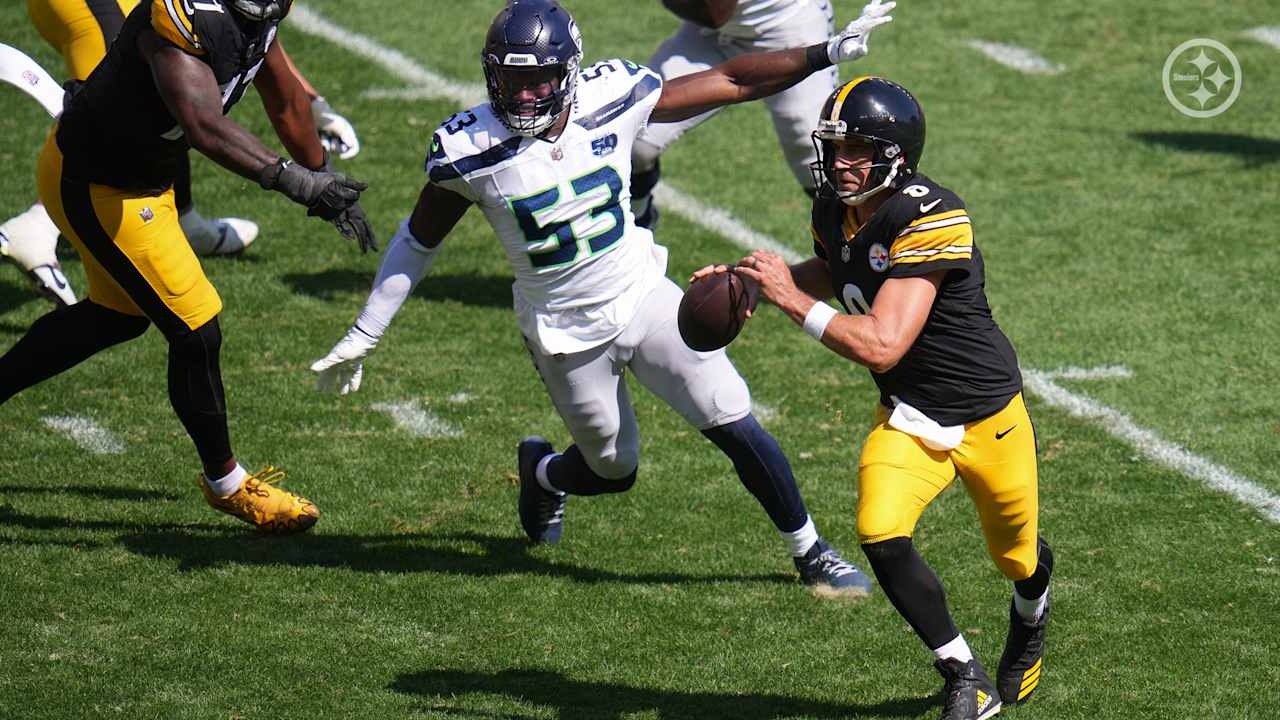
It was the second week of the 2025 NFL regular season, and “September football” was in full bloom across the landscape. Missed assignments, mental mistakes, full-on brain cramps, injuries sometimes in bunches stressing position groups and weakening rosters.
The Steelers were guilty of playing “September football” on Sunday against Seattle in their home opener at Acrisure Stadium, but that wasn’t the only contributing factor in what ended up being a 31-17 loss that dropped them to 1-1. For the second straight week, their run defense and their pass protection were leaky, and one of the truisms about football played at any level and in every month is that games are won or lost on the lines of scrimmage.
From a statistical standpoint, the run defense against the Seahawks was better than it had been the previous Sunday. The Jets rushed 39 times for 182 yards (4.7 average) and 3 touchdowns, and the Seahawks managed 117 yards on 29 runs (4.0 average) and 1 touchdown. Thirteen of the Jets 23 first downs came via the run, compared to eight of Seattle’s 21 first downs; of the Seahawks 29 rushing attempts, 9 were good for no gain or for a loss of yardage.
All of that represented improvement from week 1 to week 2, but there was one visual that overshadowed any and all statistics and left a bad taste when it came to the state of the Steelers run defense.
There was 3:47 remaining in the fourth quarter, and despite all of their September football-itis to that point, the Steelers were still very much in the game. And part of that had to do with their defense. At the time, their deficit was 24-14, with one of Seattle’s three touchdowns having come on a full-on brain cramp when a Seahawks kickoff made it to the landing zone and bounced into the end zone where it was left unattended until George Holani fell on it.
So anyway, that negativity had been absorbed, and at the 3:47 mark, the Seahawks led, 24-17, and were looking at a third-and-goal from the Steelers 19-yard line following a 9-yard sack of Sam Darnold by Jack Sawyer. When Darnold took the next snap and simply handed the ball to Kenneth Walker, it seemed as though the Seahawks were playing for a field goal were willing to settle for a 10-point lead, 27-17.
But then Walker ran to the left, made a move upfield and covered those 19 yards virtually untouched into the end zone for the touchdown that was the dagger. The run defense on that critical play in the fourth quarter of a game whose outcome still was very much up for grabs had failed.
“There’s always an emphasis on (stopping) the run,” said T.J. Watt. “The first note of every single week is ‘smash the run,’ and you guys have heard me say for 9 years we’re always trying to smash the run, and it’s not a lack of trying. Schematically, effort, I don’t know, we’ll have to look at the film, but we need to be better, and we need to look in the mirror, and we need to turn over every stone we possibly can because this can’t continue to happen.”
That touchdown, which made the deficit 31-17, iced the outcome even though the Steelers got the ball back with 3:41 remaining, with all 3 of their timeouts plus the 2-minute warning. That’s because their passing attack was being plagued by consistent pressure on Aaron Rodgers, which didn’t allow for chunk plays through the air.
In fact, the Steelers managed only 3 chunk plays through the air all afternoon: a 65-yarder that was a short pass to Jaylen Warren, with the rest coming via spirited and determined run-after; a 22-yarder to Calvin Austin III on the play before the 2-minute warning in the fourth quarter of a 31-17 game; and a 20-yarder to Pat Freiermuth on a perfectly thrown ball and a nice catch down the right sideline.
Besides those, it was either receivers not getting open or Rodgers running for his life, or some combination of both on the same play.
The Jets were credited with 4 sacks and 7 hits on the quarterback; the Seahawks were credited with 3 sacks and 9 hits on the quarterback. It’s too much, and it has happened two weeks in a row. And while a 3-for-3 in the red zone mitigated the Jets pressure on Rodgers, against Seattle the offense only got into the red zone twice and on one of those turned the ball over on an interception in the end zone that was the most September football thing ever.
“I look at myself first, and if we settle for a field goal, I probably wasn’t effective enough in a situation,” said Rodgers. “But I feel like we had a good couple of drives, defense is playing good in the first half, and we came out and just couldn’t do a whole lot in the third quarter. And obviously the play that took a lot of points off the board was the interception there on the 3-yard line or whatever.”
Actually, the situation was a third-and-goal from the Seattle 4-yard line in a 14-14 game with 4:17 left in the third quarter. Rodgers threw a dart at Pat Freiermuth in the end zone, only to have Calvin Austin III fly in and try to make a play on the ball. What resulted was a ball tipped into the air and then intercepted by CB Derion Kendrick 7 yards deep in the end zone. Touchback.
“And Cal’s the best kid ever, but he probably should have just stayed in the flat there,” said Rodgers. “He knows it … But Cal’s the best kid and, you know, it sucks because he’s such a great kid, but unfortunately that whole sequence took points off the board.”
A sequence that came later and added points to the wrong side of the board was the aforementioned brain-cramp with 12:46 remaining in the fourth quarter. A 54-yard field goal by Jason Myers had just given the Seahawks a 17-14 lead when his ensuing kickoff bounced in the landing zone and continued into the end zone where it stopped about a yard from the endline. Kaleb Johnson left the ball unattended, and when George Holani was ruled to have covered it in-bounds the Steelers’ deficit instantly grew to 24-14.
“Poor judgment by a young player,” is what Coach Mike Tomlin said about it in his postgame media briefing; a situation that’s covered in practice/meetings “every day of our lives.”
We’re two weeks into the 2025 installment of September football, and pending the outcome of Monday Night Football, there are 12 – and could be 14 – teams with 1-1 records, including the Ravens, Broncos, Lions, and Vikings. And defending AFC Champion Kansas City is 0-2.
“No, it’s week two. Come on. Come on. It’s week 2,” said Rodgers. “I mean, it’s good for us. Last week probably there were some people feeling pretty good because everybody outside the building was talking about how great we were on offense and (scoring) 34 points. That’s the league; you can’t ride the highs or ride the lows. You have to refocus every single week and be a professional, and it starts with practice and the preparation and so we get a chance to reset. Take a look at what we did last week, what worked, what didn’t work from the preparation standpoint. Do better next week.”
Best to start with run defense and pass protection.
Seattle, WA
Unheralded reliever the “glue” for Seattle Mariners’ bullpen

There was a point in time when an appearance from Eduard Bazardo often meant the Seattle Mariners were on the wrong side of the game.
Dipoto: ‘Interest on our end’ to re-sign Josh Naylor
The right-hander generally found himself pitching in mop-up duty or, at the very least, coming in with his team down multiple runs.
That was the version of Bazardo the Mariners had last season. In 2025, it’s been a far different story for the Maracay, Venezuela, native.
Bazardo, who was acquired in a 2023 trade after he was designated for assignment by the Baltimore Orioles, has emerged as one of the most reliable arms in the bullpen over the course of the season. He leads M’s relievers and is sixth in baseball with 73 1/3 innings pitched out of the bullpen while compiling a 2.45 ERA and holding batters to .180 average.
During a conversation with Seattle Sports’ Wyman and Bob on Friday, Mariners play-by-play voice Gary Hill Jr. highlighted Bazardo as an unsung hero of the club this season.
“He has really put the bullpen together,” Hill said. “He’s been the glue.”
Bazardo’s breakout year has answered a big question that was facing the Mariners bullpen, Hill said.
“Who’s going to be that next leverage guy that they really needed? It’s been Bazardo. He’s pitched in every role.”
No fluke
Bazardo’s stellar season has come after he posted a 4.88 ERA over 27 2/3 big league innings while bouncing between the majors and minors last year.
The dominance of his sinker and slider this year are a major reason for the big year-over-year improvement. Batters are hitting just .168 with .280 slugging percentage of his slider, which he throws 44.3% of the time, and .137 with a .215 slugging percentage of his sinker, which he throws 37.4% of the time.
“When you look at individual pitches, he’s got two great pitches. He’s got the two-seam and he’s got the slider,” Hill said. “So this isn’t happenstance. This isn’t luck. He’s been great, and there’s a reason for it. He’s got two elite pitches, and he knows how to use them.”
A rubber arm
The volume of work Bazardo has provided the Mariners may be his biggest impact on team, especially with the starting rotation not going as deep into games consistently as it did last year.
He’s recorded more than three outs in relief 15 times (tied for the team lead) and pitched three times in four days on numerous occasions throughout the season. He was even starting to get loose during the Mariners’ 13-inning win over the Cardinals on Wednesday, which would have marked a third straight day on the mound.
“He takes the ball seemingly every day,” Hill said. “I mean, we watched him the other night when he was down, and there he was in extra innings stretching it out, getting ready just in case they need them.”
Mariners analyst and former MLB pitcher Ryan Rowland-Smith also highlighted Bazardo’s durability during a recent episode of Seattle Sports’ Bump and Stacy, pointing out how the right-hander’s stuff on the mound doesn’t falter while shouldering a heavy workload.
“I went back and looked at his velocity and pitch metrics on Day 2 of like a back-to-back, and nothing slips,” Rowland-Smith said. “There’s no slip in velocity. The stuff’s good. He puts up really good numbers on Day 2.”
Hear the full conversation with Mariners play-by-play voice Gary Hill Jr. at this link or in the audio player near the top of this story. Listen to Wyman and Bob weekdays from 2-7 p.m. or find the podcast on the Seattle Sports app.
More Seattle Mariners coverage
• Roster Moves: Seattle Mariners recall reliever, DFA another
• Olney: Seattle Mariners may be American League’s most dangerous team
• Minors Notebook: M’s draft pick Stevenson wraps up strong pro debut
• The Seattle Mariners’ surprise reunion with Jorge Polanco is really paying off
• Incredible stat shows Seattle Mariners’ success owed more to Bryan Woo than you’d think
-
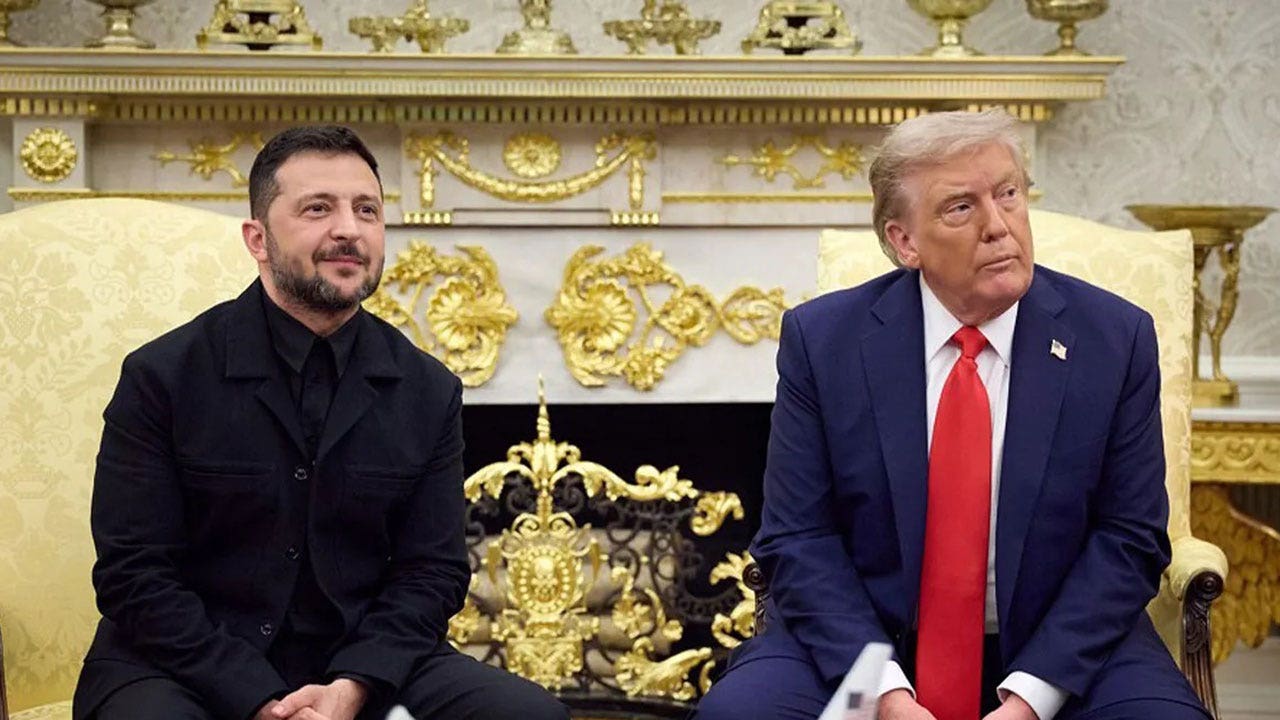
 World1 week ago
World1 week agoTrump and Zelenskyy to meet as Poland pressures NATO on no fly zone over Ukraine
-
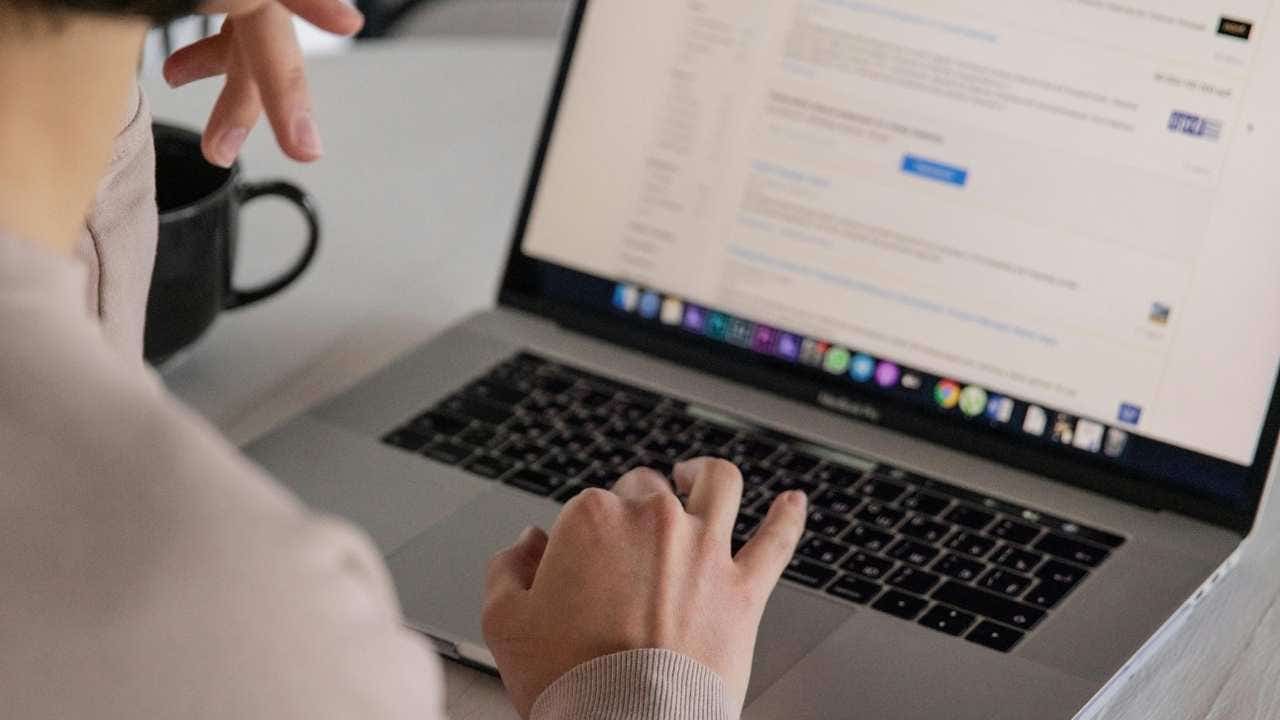
 Technology1 week ago
Technology1 week agoNew Evite phishing scam uses emotional event invitations to target victims
-
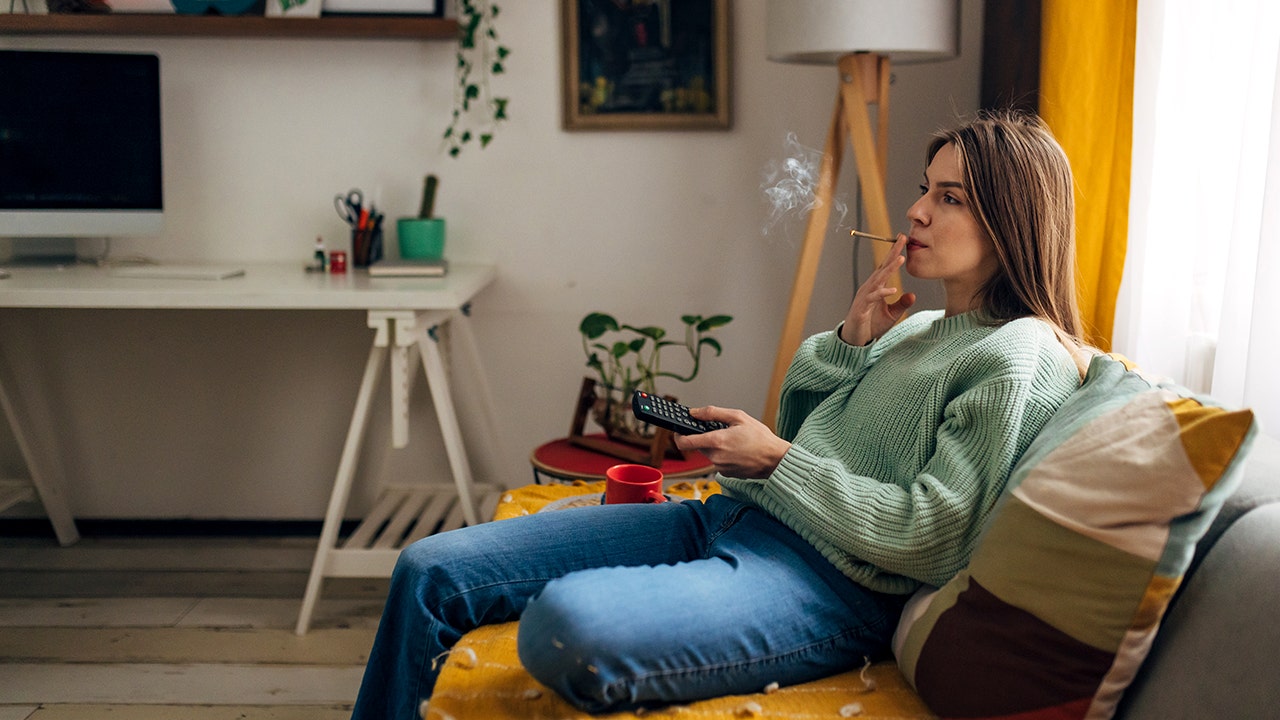
 Health1 week ago
Health1 week agoDiabetes risk quadruples with use of popular natural remedy, study finds
-
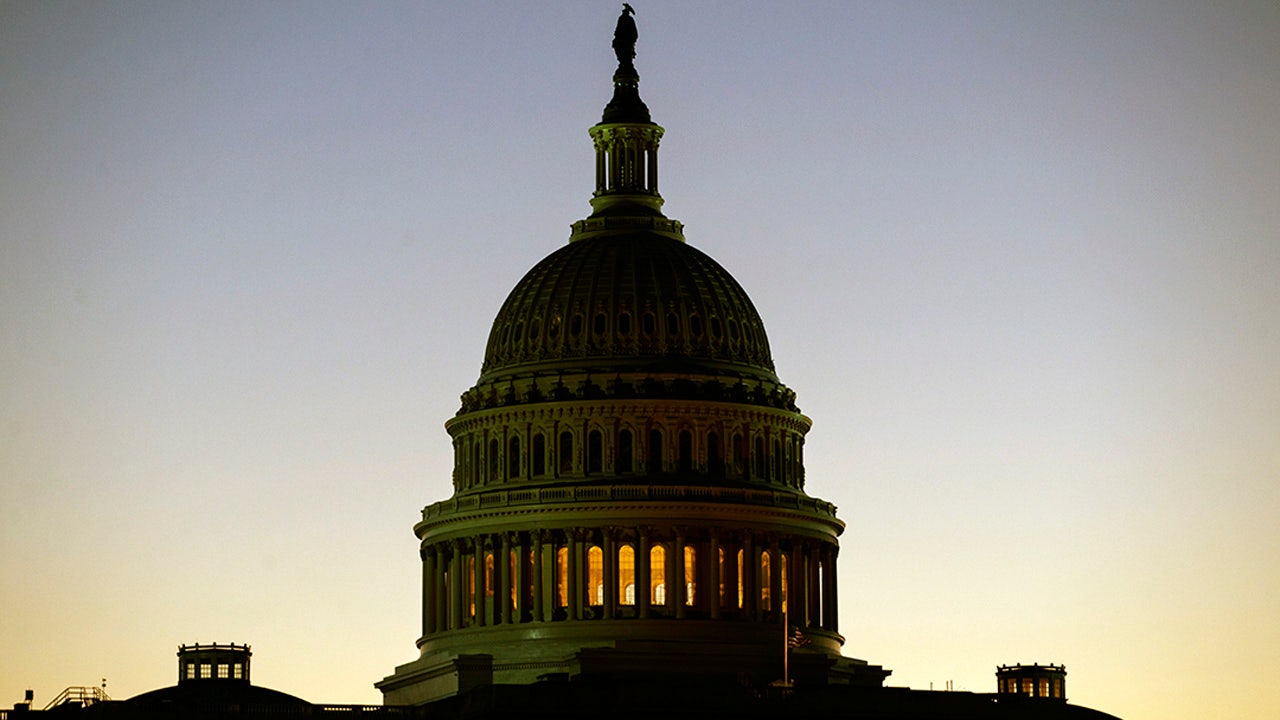
 Politics1 week ago
Politics1 week agoHouse plans Thursday vote on government funding bill to extend spending through November
-

 Business1 week ago
Business1 week agoDisney, Universal and Warner Bros. Discovery sue Chinese AI firm as Hollywood's copyright battles spread
-

 Health1 week ago
Health1 week agoWho Makes Vaccine Policy Decisions in RFK Jr.’s Health Department?
-

 Finance2 days ago
Finance2 days agoReimagining Finance: Derek Kudsee on Coda’s AI-Powered Future
-

 Lifestyle1 week ago
Lifestyle1 week agoBobbi Brown doesn’t listen to men in suits about makeup : Wild Card with Rachel Martin








